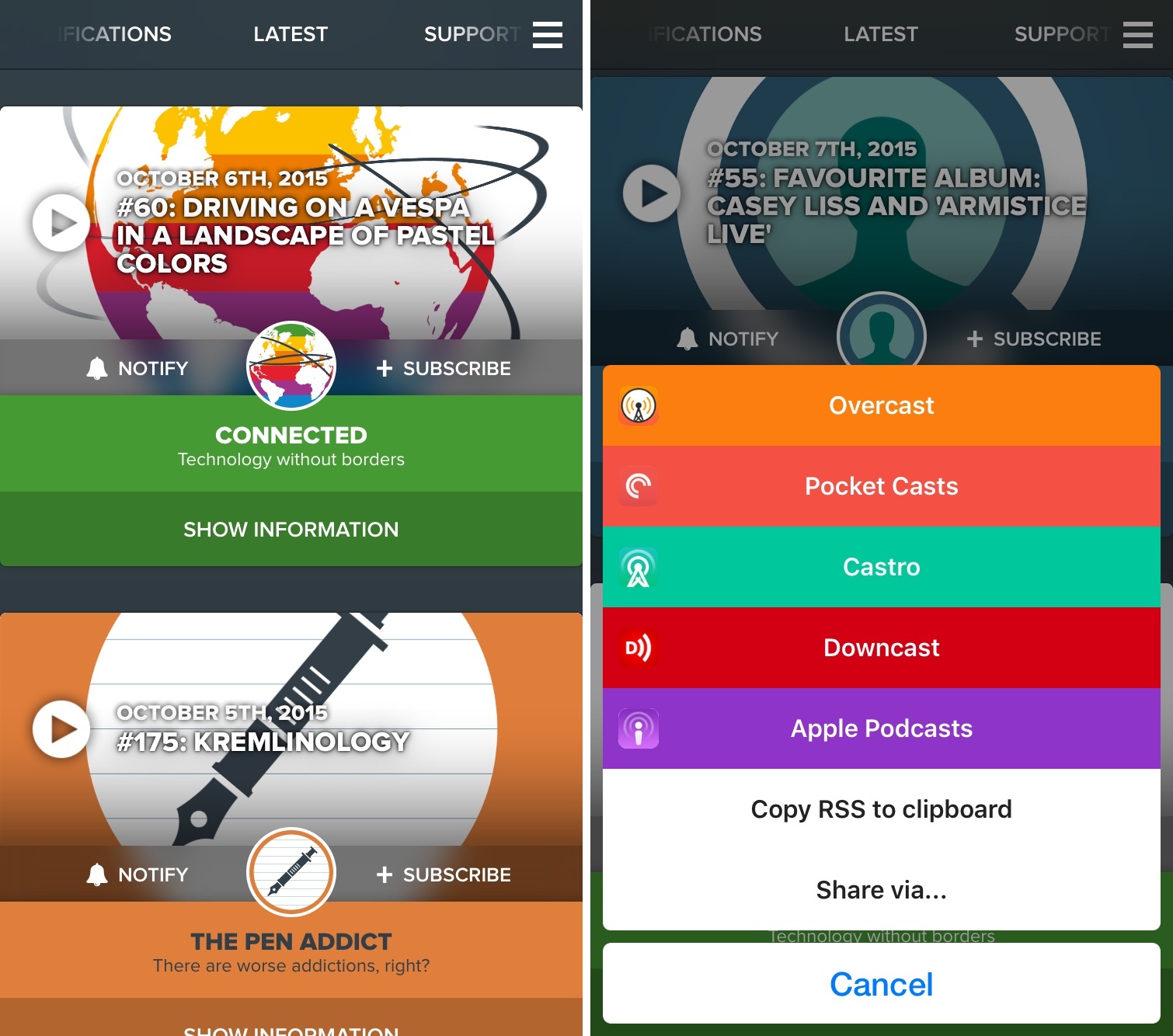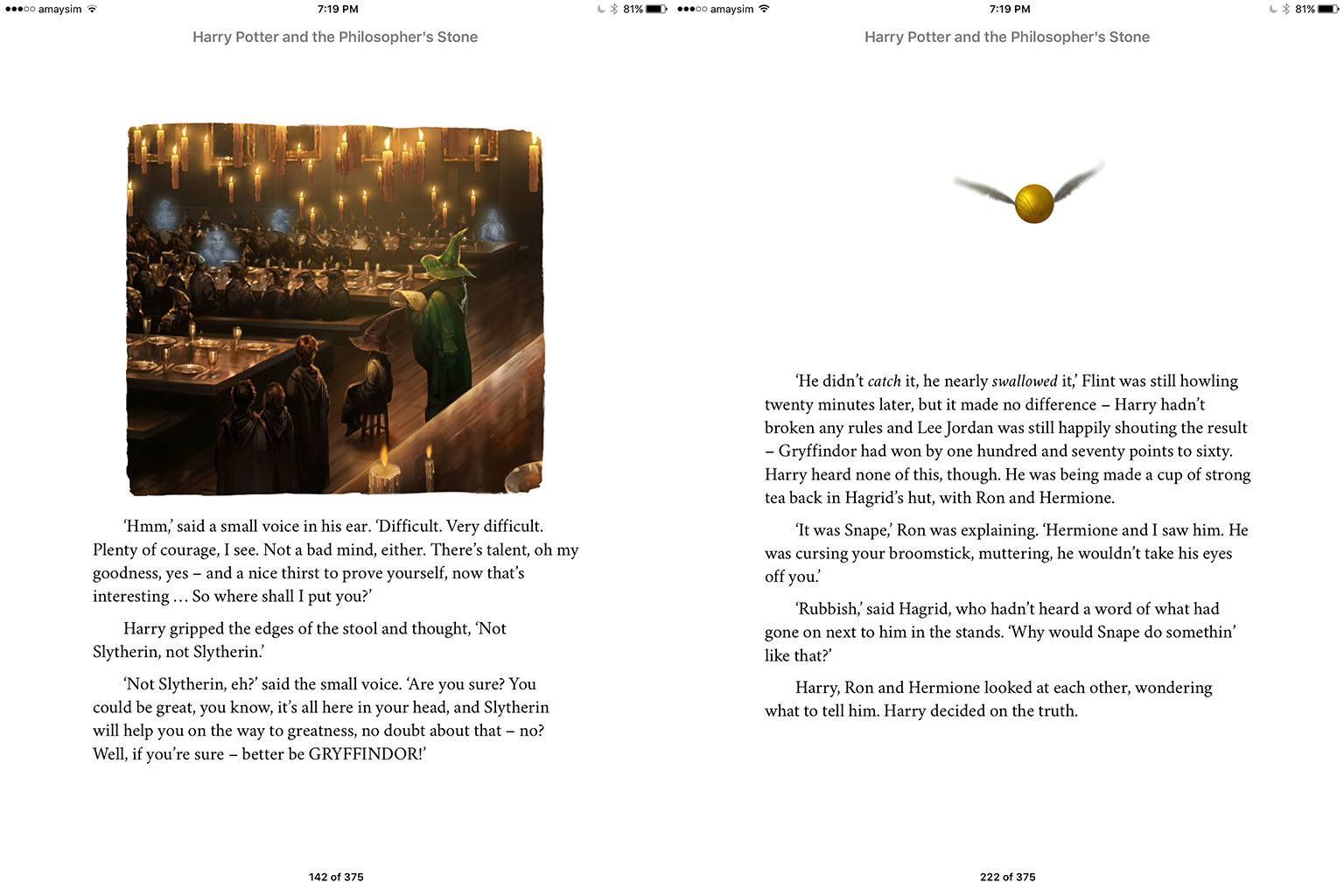As I guessed in my iOS 9 review, the temptation to go back to Overcast has been stronger than the allure of Apple’s refreshed Podcasts app.
Released last year for iPhone and later ported to the iPad, Marco Arment’s podcast player launched with an elegant design and the distinctive Smart Speed and Voice Boost, two audio effects that allowed users to save time when listening to podcasts by shortening moments of silence, and enjoy a superior audio quality.
In using Overcast for the past year, Smart Speed has turned from a simple and clever addition to a lock-in factor for daily listening: I know that Overcast will make shows I listen to shorter without making them sound odd or unnatural, and it’s the kind of feature that I can’t enjoy in iOS’ built-in Podcasts app. Apple’s player has gotten considerably better on iOS 9; but, when looking at the total amount of hours saved with Overcast, I realized that those are hours of my life I got back by using Arment’s app instead of an alternative. This, combined with the many thoughtful touches of its interface, makes me happy to stick with Overcast.
Arment faced two problems, though. Overcast always needed to download new episodes before playing them: due to limitations of iOS 7’s web download and audio APIs, Smart Speed and Voice Boost couldn’t work with streaming – a popular feature that many podcast apps implement to avoid taking up storage on users’ devices with downloaded audio files. And, while it was Arment’s goal to gain market share with a freemium model that made Overcast free to use with an In-App Purchase to unlock advanced features (such as unlimited effects), the majority of Overcast users ended up staying on the free tier – a less capable version of the app that Arment himself wasn’t using, and which couldn’t be easily differentiated in a sea of podcast clients for iOS.
Overcast 2.0, launching today on the App Store, fixes both problems. With version 2.0, Overcast users will be able to stream episodes and use audio effects at the same time, getting the same experience of Overcast 1.0 with no upfront download required. But more importantly, Arment is taking a bold step with pricing: Overcast 2.0 is a completely free app, with an optional patronage model to support Arment directly.
Read more





